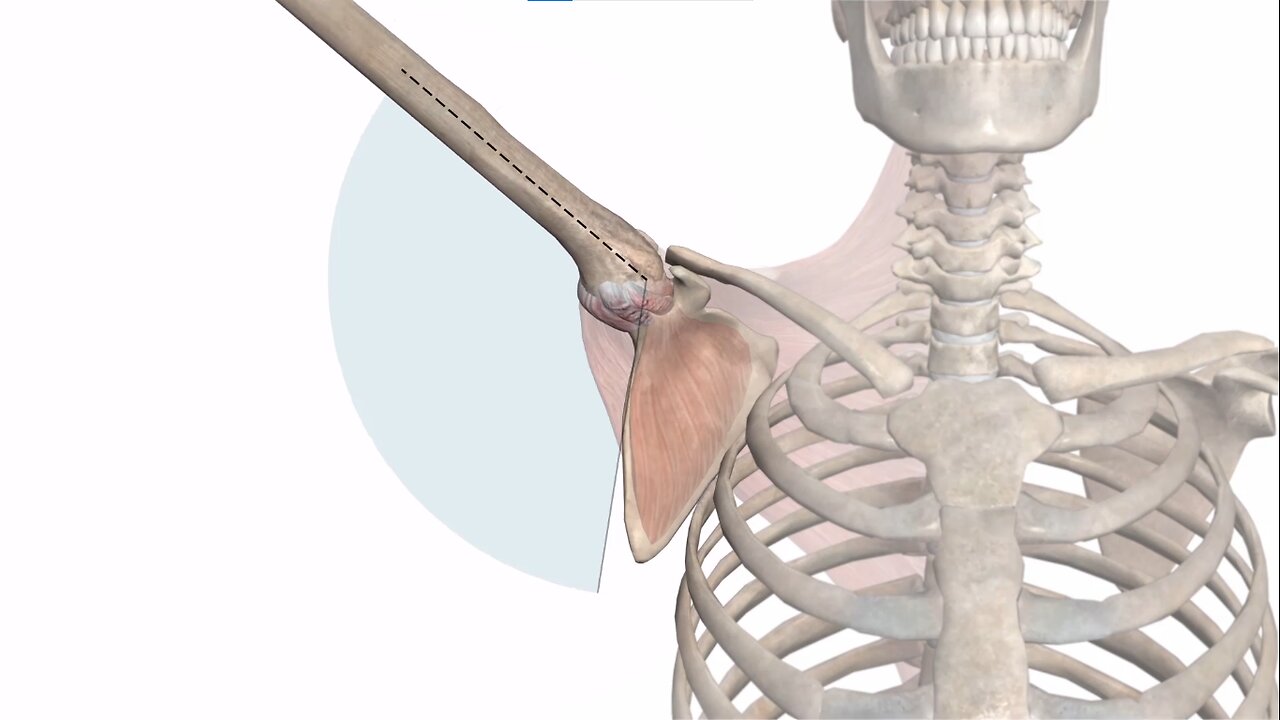Premium Only Content

Human Animated Anatomy of Adhesive capsulitis 03 shoulder anatomy and function
adhesive_capsulitis_03_stages_of_adhesive_capsulitis
===
Hello, my name is Lenny McCrea, and I'm a physical therapist and orthopedic and sports medicine rehabilitation specialist. Today I'll be talking about the four stages of frozen shoulder. The disease involves four distinct stages over a period of 12 to 18 months in which pain, loss of motion in functional limitations may persist during the first four to six months, the patient exhibits significant pain, particularly at end range of motion, and usually has difficulty.
They will also describe an achy pain at rest that makes day-to-day activities difficult. The joint capsule and ovum have significant inflammatory markers, but there are no contractions. Therefore, little loss of motion pain is the limiting factor at this stage. The next stage of the disease process is the freezing stage in which the patient still has significant pain and a gradual loss of motion in all directions.
This stage has been reported to last up to nine months. In some [00:01:00] people. There's a significant increase in inflammation of the joint capsule characterized by new blood vessel formation. It's often during this stage that patients finally seek medical help and realize that it's not impingement or rotator cuff tendonitis.
In the next stage, the frozen stage, the patient displays continued pain and loss of motion. The inflammation or synovitis has lessened, but the capsule has now become scarred down, also known as fibrosis. The auxiliary fold of the capsule has now decreased in volume and therefore restricts the ability of the joint to move to its fullest.
The patient can no longer raise their arm overhead and often presents with a shrug sign because they have to compensate by using their upper trapezius muscles and other accessory muscles in an attempt to raise their arm up. Finally, during the thawing phase, the patient exhibits resolving pain.
Improvements in range of motion and function. The stiffness that had settled in is beginning to release, but it may last for as long as 24 months and beyond. After the onset of the [00:02:00] initial symptoms, the fibrosis persists in the capsule, which continues to restrict the patient in moving in most directions.
So that brings us to the end of our discussion today. Thanks for joining.
-
 1:46:52
1:46:52
JahBlessGames
4 hours ago🎉Come een' and come tru' - VIBES | MUSIC | GAMES
31.1K -
 38:47
38:47
MattMorseTV
6 hours ago $11.59 earned🔴Tulsi just CLEANED HOUSE.🔴
53.3K96 -
 6:24:06
6:24:06
Reolock
7 hours agoWoW Classic Hardcore | WE'RE BACK!!
20.9K1 -
 3:46:13
3:46:13
SynthTrax & DJ Cheezus Livestreams
9 hours agoShell Shock Live - The Scorched Earth Remake/Upgrade - 4pm PST / 7pm EST - RUMBLE GAMING
40.6K -
 2:56:57
2:56:57
Illyes Jr Gaming
5 hours agoBack to Black .....Ops 6 w/ ILLYESJRGAMING
25.4K1 -
 1:07:59
1:07:59
BonginoReport
8 hours agoBoston Mayor Defies Trump, Protects Illegals - Nightly Scroll w/ Hayley Caronia (Ep.115)
126K88 -
 40:45
40:45
Donald Trump Jr.
9 hours agoPeace by Peace: Solving One Problem After Another | Triggered Ep.268
72.5K63 -
 5:19:04
5:19:04
FrizzleMcDizzle
6 hours ago $1.71 earnedRemnant 2 - Dark Souls-like Shooter?!
22.7K -

FoeDubb
4 hours ago🏰KINGDOM MENU: 🎮DELTA FORCE PEW PEWS WITH THE BROS 👑CRGOODWiN & 👑BSPARKSGAMING DILLY DILLY!!
14.2K1 -
 11:43:31
11:43:31
GritsGG
16 hours agoWin Streaking! Most Wins 3390+ 🧠
67.8K